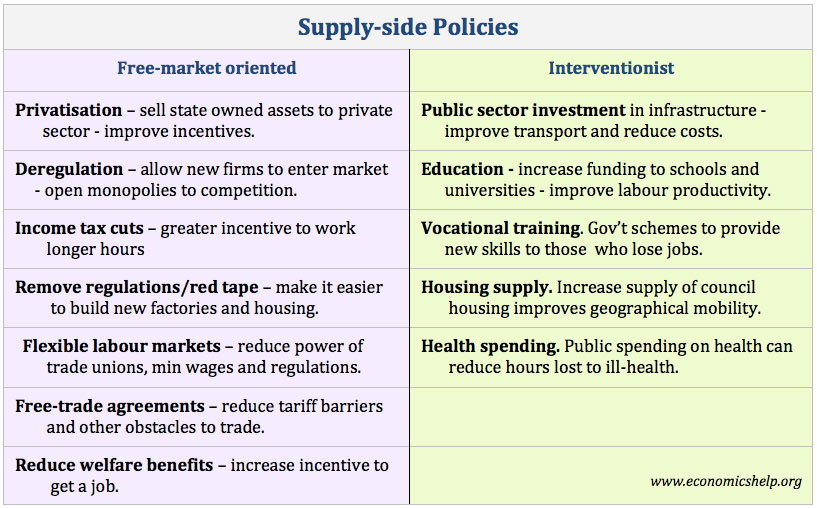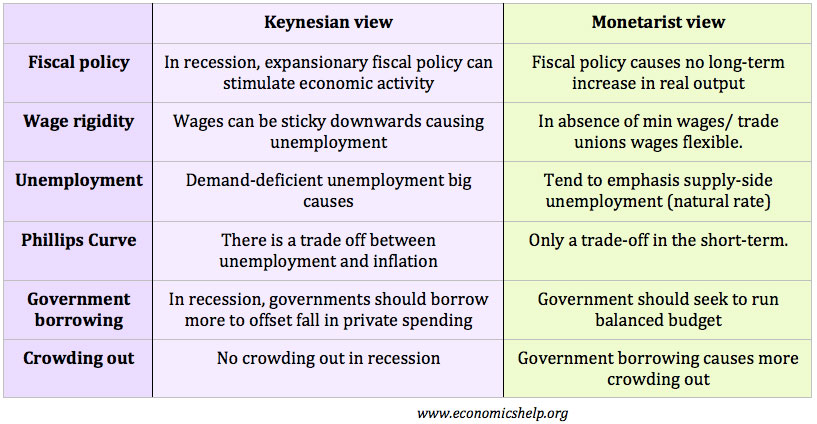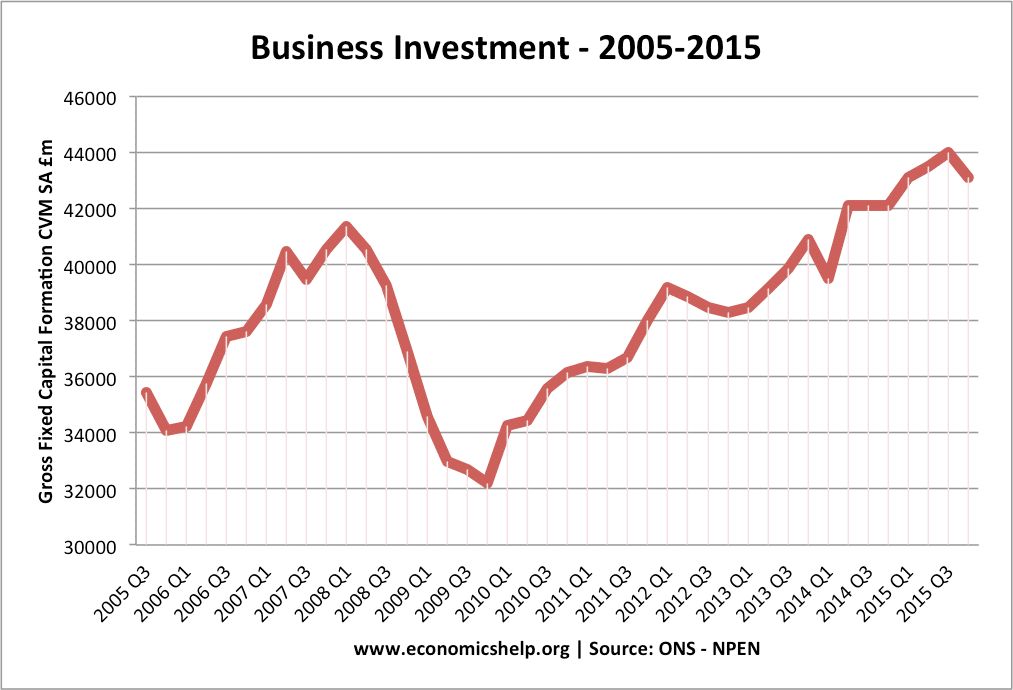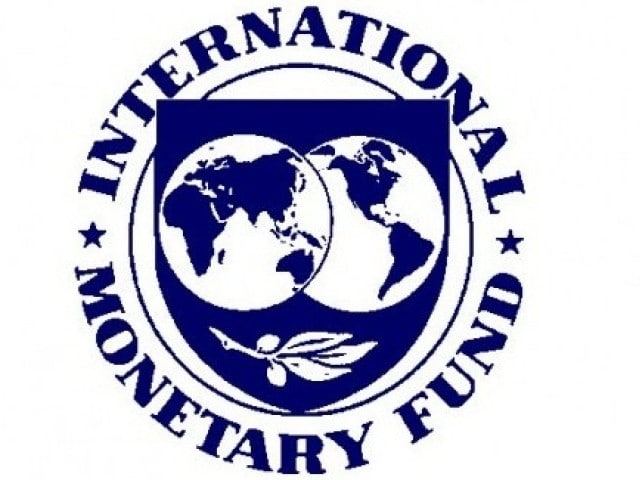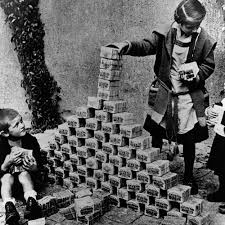Hyper Inflation in Zimbabwe
In 2008, Zimbabwe had the second highest incidence of hyperinflation on record. The estimated inflation rate for Nov 2008 was 79,600,000,000% That is effectively a daily inflation rate of 98.0. Roughly every day, prices would double. It was also a time of real hardship and poverty, with an unemployment rate of close to 80% and a …

